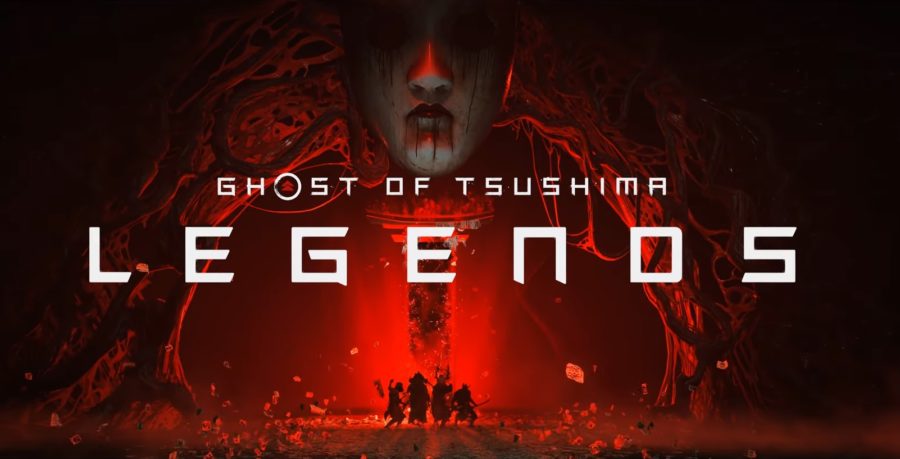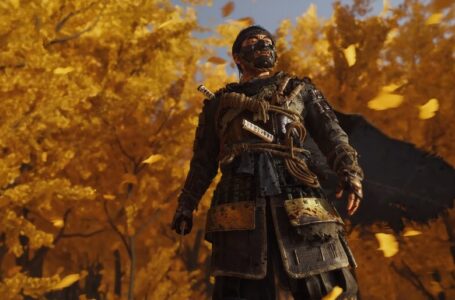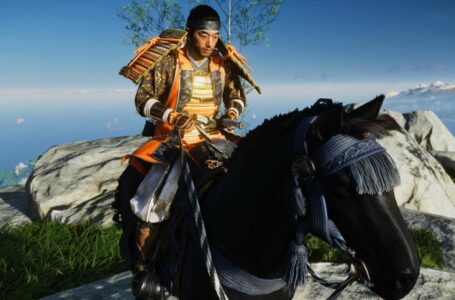Ghost of Tsushima Review
Ghost of Tsushima has been one of my most anticipated releases of 2020 since I first saw the trailer for it last year. The possibility of running around a feudal-era Japan, locking swords in a world inspired by the Kurosawa films I grew up with, was instantly appealing to me. I had my expectations going in, so I wanted to spend a good chunk of time with the game before I dropped my review. More than a week into the game, I’m pleased to say it largely lives up to the hype.
A quick word before we dive in, though. Ghost of Tsushima is a game set in a real place with real people and a real history, made by people who are outside of that culture. As someone else outside that culture, I’m not going to comment on how well or poorly they handled that difficult task: others with more knowledge can do that far better than I can and have done so already. I’m focusing on Ghost of Tsushima from a game review perspective, not for historical accuracy or sensitivity, because that’s just not my place.
Platform: Base PS4 / 30 FPS
A Kurosawa Love Letter
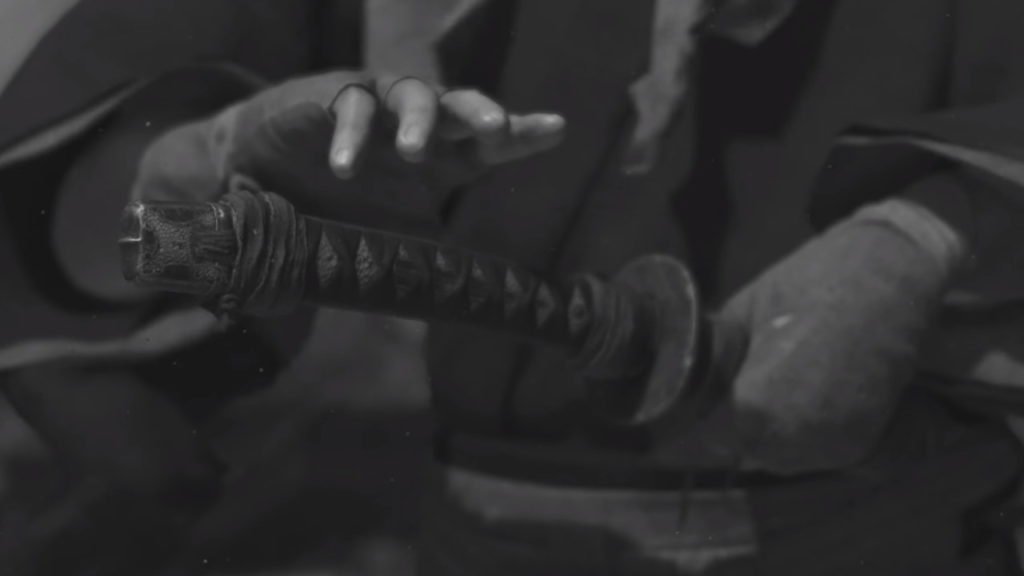
Anyone who has seen a film in the last fifty years will have seen the influence of renowned director Akira Kurosawa, even if you didn’t realise it at the time. His masterpieces, such as 47 Ronin, Seven Samurai, and Yojimbo, are some of the most influential and important in cinema history. Ghost of Tsushima takes on the unenviable task of trying to capture the essence of one of film’s greatest minds into an open world video game.
For the most part, Sucker Punch, who kicked off the current generation with the fun but ultimately rushed Infamous: Second Son, does a solid job. The fights are brutal and graphic. The music is stirring and dramatic in all the right places. At its best, Ghost of Tsushima captures the danger of battle, where success and failure can rest on a few well-placed wings of a sword. Small touches, like the way Jin returns his katana to his scabbard or the way cutscenes transition with a prolonged wipe across the screen, beautifully recreate the samurai world that Kurosawa’s best-known works gave us.
Brutal Combat
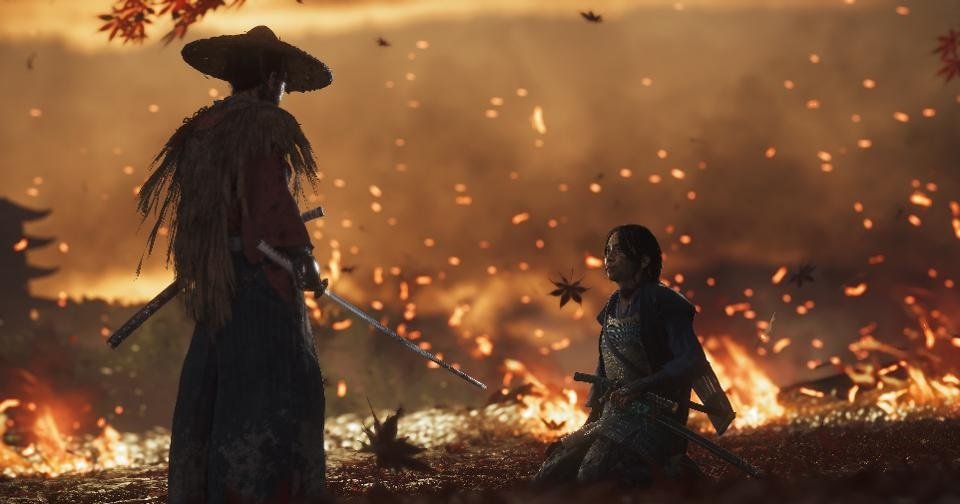
I mentioned before that the combat could be tough at times, and while I feel like that it is very much in line with the world Sucker Punch wished to create, the game required me to undo a lot of bad habits I developed while playing games like Assassins Creed Odyssey or God of War. In those games, button mashing to get as many hits in as quickly as possible was rewarded and expected. There was no punishment for putting in too many inputs.
In Ghost of Tsushima, however, control and discipline are the order of the day. Enemies seldom throw themselves at you with reckless abandon, so you have time to gauge your surroundings and your approach. Picking the right stance for the right enemy and striking at the right time are key. Blocking and parrying, something I avoid because it requires actual skill and practice, are vital. The controls are forgiving enough, however, that even a clumsy clod like me could get it down so long as I didn’t panic and revert to my typical button mashing ways.
My only complaint is the lack of a lock on function during combat. The director has gone on the record to state that it was to allow the player to flit between enemies in the way that samurai did in the films that inspired the game and it certainly does that, but while it might be fitting with the theme of the setting, it doesn’t do any favours from a gameplay perspective. This isn’t enough to make me dislike the game, but it is a mark against it from those of us who are a bit clumsy in our gaming.
A Beautiful World
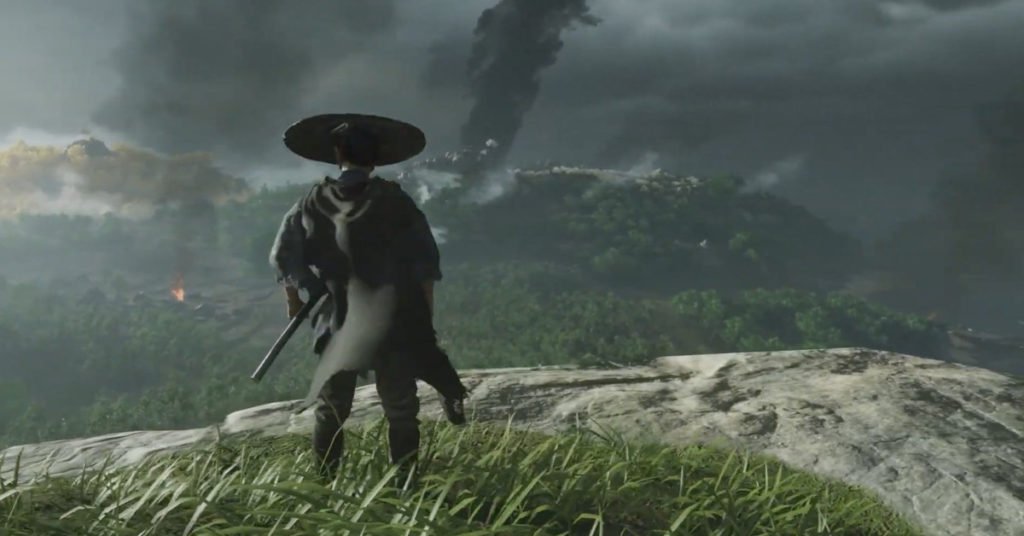
There is a lot to explore in Ghost of Tsushima, and a lot of reasons to explore it. There are hot springs to find and bathe in, where you can reflect on the savagery of war while getting a permanent increase to your health. There are foxes to follow to inari shrines, which give you more charm slots, allowing you to have more bonuses active at a time. The bonuses for exploring far out-weigh the time it might take to find these markers.
The side quests are among the best I’ve seen in an open world game. There is just enough story to make you care about doing them, fleshing out the world of Tsushima in an organic way. Once Jin is established as a man dedicated to upholding the samurai legacy and code, it immediately feels natural that he would stop and help the common folk as he passes through the region. These are side-stories in the story of how Jin fought off the Mongol invasion and defended his people rather than a chore to grind through for more experience points.
That’s not even touching on how technically brilliant the game is at capturing a seemingly infinite number of particles on screen at a time. Leaves fall from the autumn trees. Tall grass sways and shifts in the wind and as you pass through it. Rain lashes against the scenery in a realistic and organic way. Sucker Punch are pushing seven year old hardware to its limit and this might be one of the prettiest game to come out for the PS4.
Ghost of Tsushima is out now for PlayStation 4.
Ghost of Tsushima Review Verdict
Ghost of Tsushima may or may not be the game of the year for a lot of people. Between the stunning visuals, solid story and characters, and one of the best uses of the open world framework I’ve seen, it is a strong contender for me, even in a year that has included some fantastic releases.
Verdict: 4.5/5

- Six of the best Stands in JoJo’s Bizarre Adventure - June 2, 2023
- 4 of the best JRock tracks from May - June 1, 2023
- Hump Day Husbandos: Guts (Berserk) - May 31, 2023



